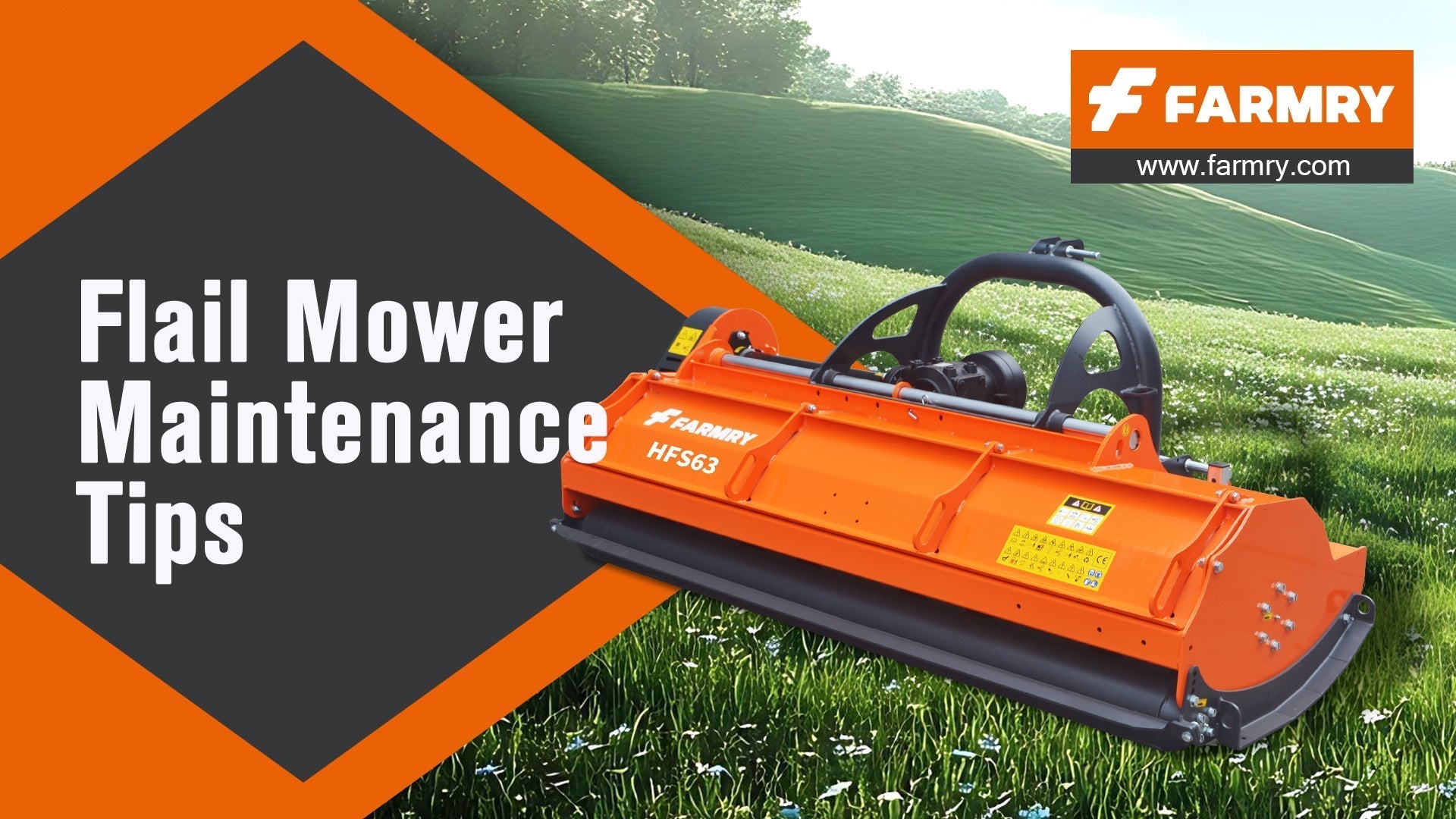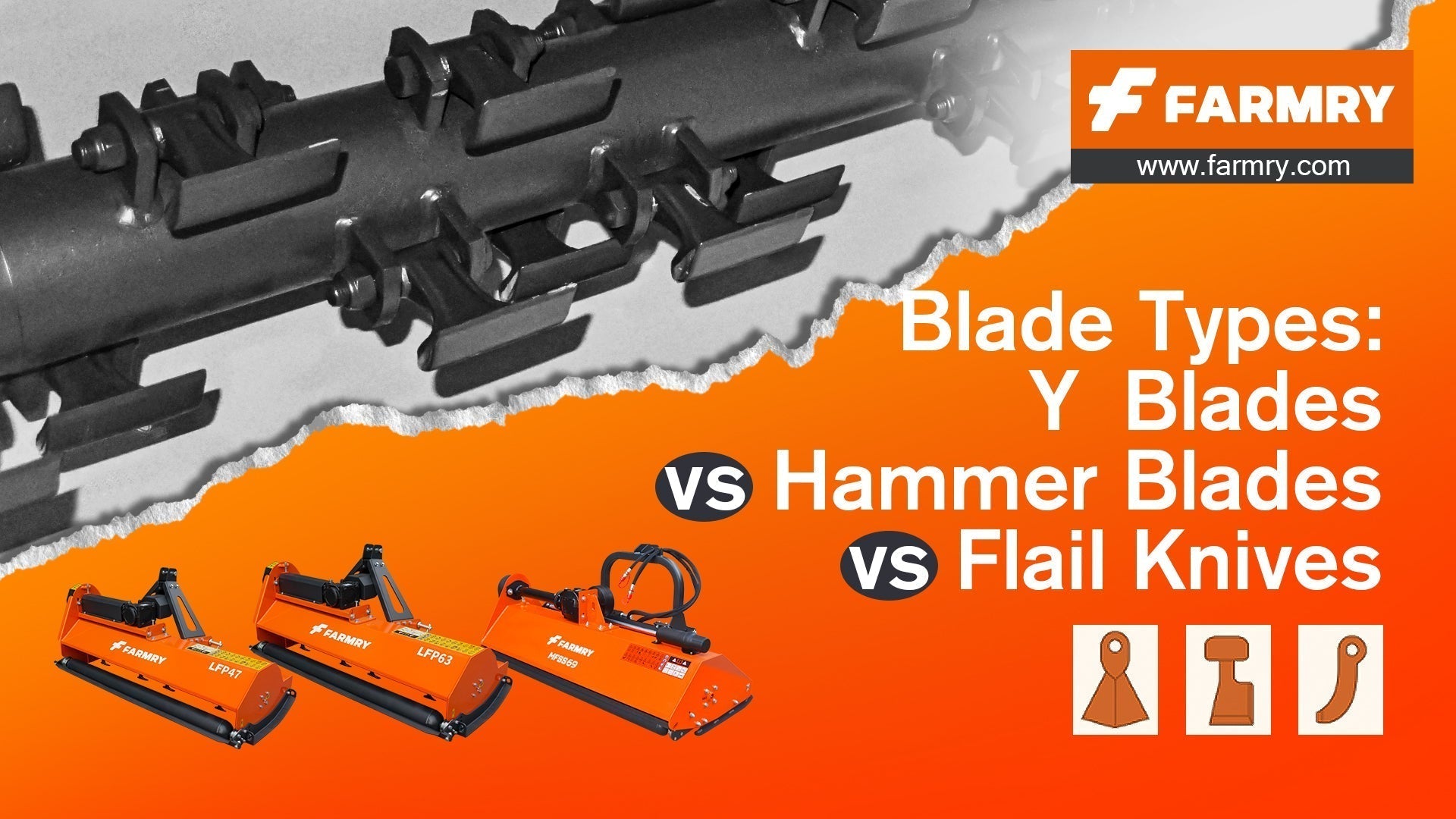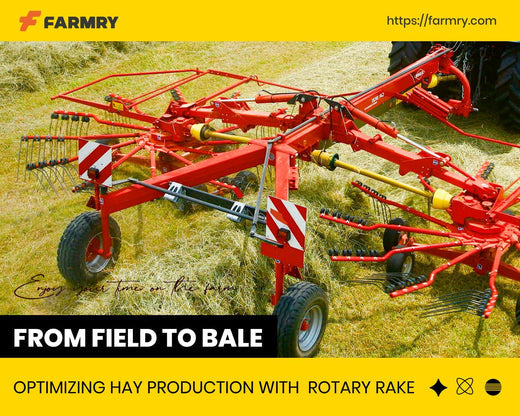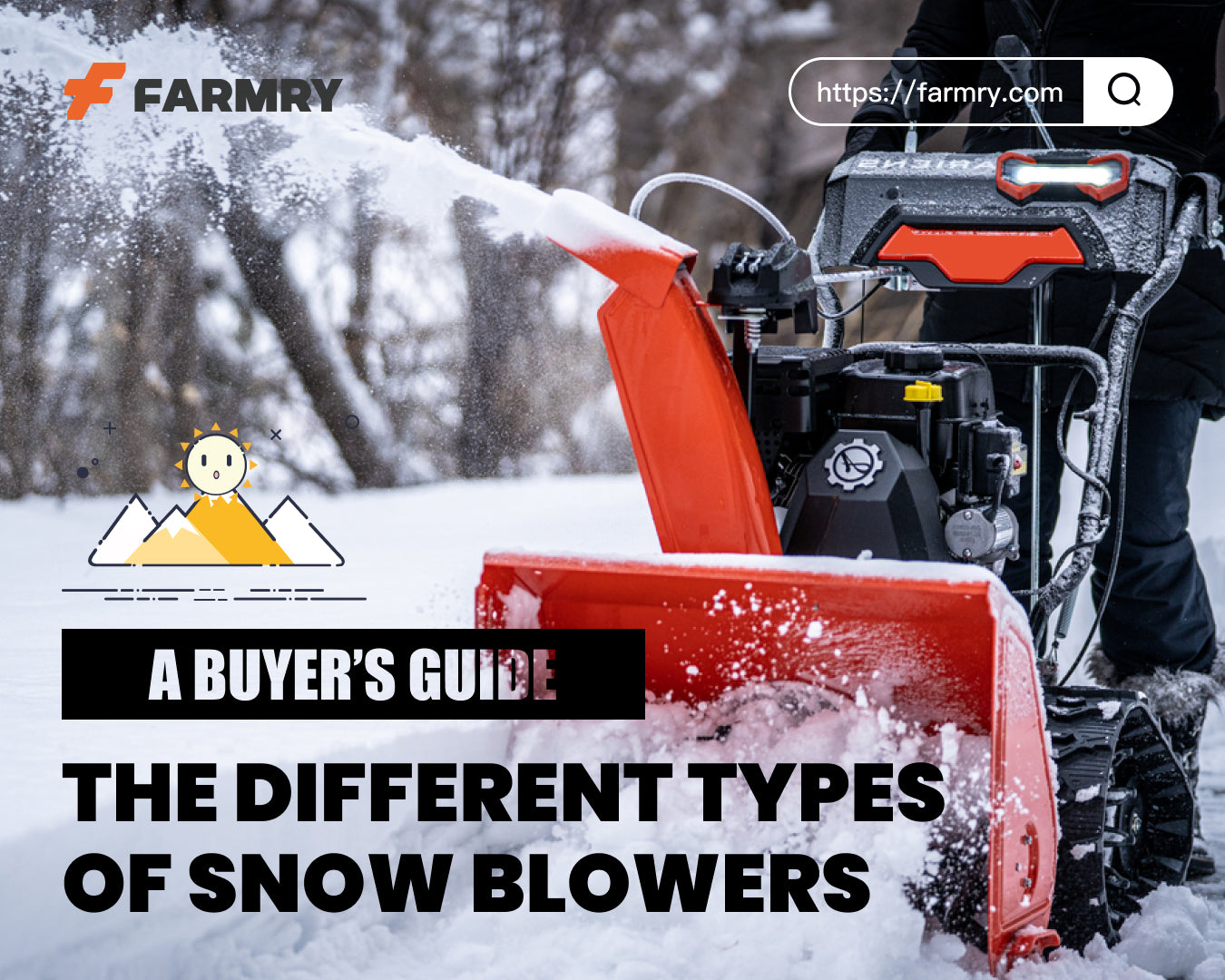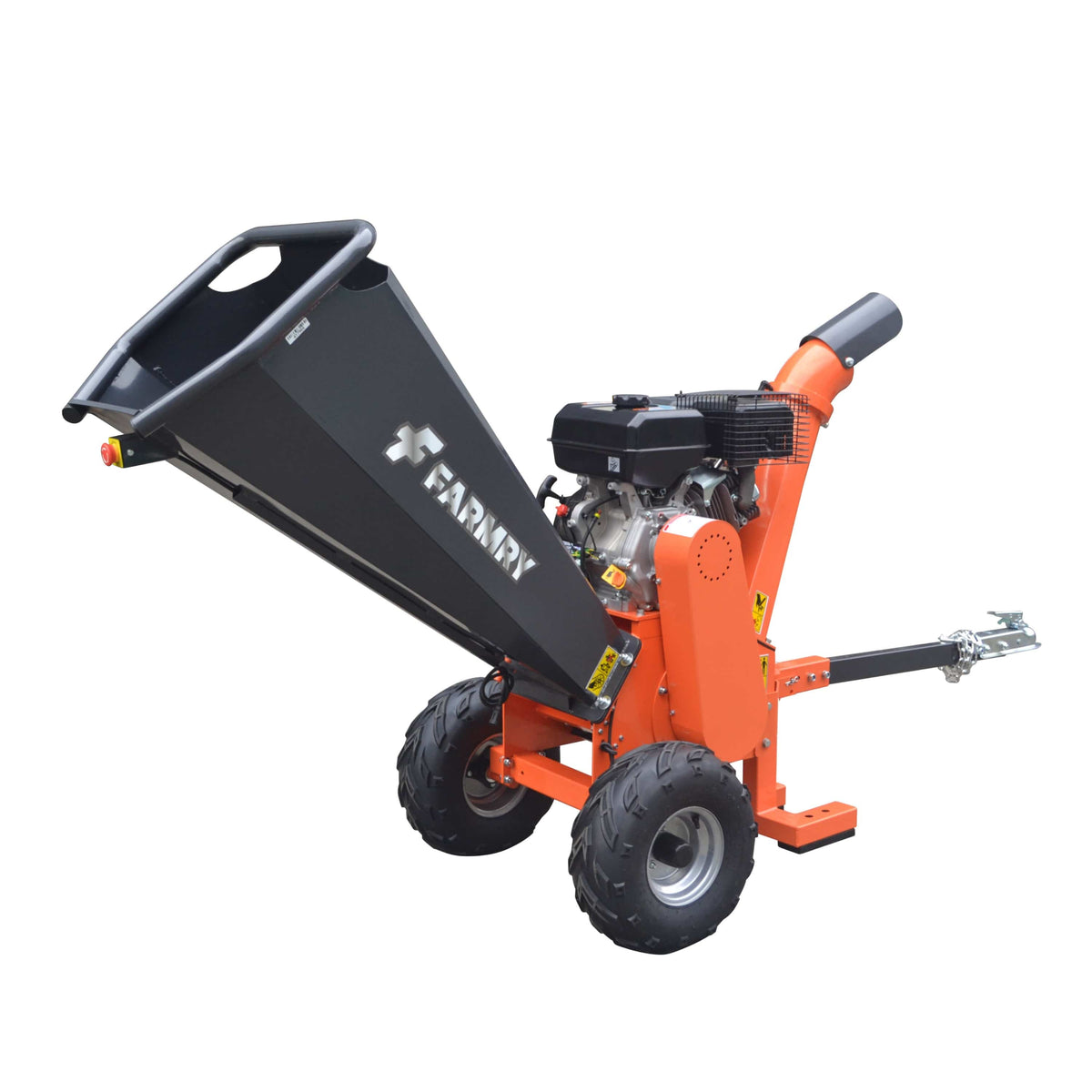Spring vs Fall: Best Times to Mulch or Mow
 Best Time to Use Flail Mower – Spring vs Fall Mulching Guide
Best Time to Use Flail Mower – Spring vs Fall Mulching Guide
Owning a flail mower means you’re serious about land care. But one of the most common questions from property owners is: “When is the best time to use flail mower equipment?”
The answer depends on your goals—are you promoting new turf growth or preparing your land for winter? This guide breaks down the advantages of spring vs fall mowing, and offers practical flail mower tips to help you get the cleanest cut and longest blade life from your equipment.
🌱 Spring Mowing: A Head Start for Healthy Turf
Spring mowing is all about setting your land up for success. Clearing leftover grass clippings, winter debris, and dead plants allows sunlight and moisture to reach the soil. This helps jumpstart root growth and encourages greener, healthier turf.
Why spring works:
-
Ideal for early mowing grass and light brush
-
Great time to chop corn stalks left from last season
-
Helps prevent weed seed germination by cutting before they flower
Flail mower tips for spring:
-
Use grass blades for a cleaner finish in soft ground
-
Set your cutting height slightly higher to protect tender new growth
-
Inspect your mower deck for buildup to maintain airflow and cut quality
🍂 Fall Mowing: Prep for Dormancy & Debris Control
Fall is the time to clean up and mulch dead vegetation. As plants enter dormancy, mowing keeps things tidy and reduces the risk of pests or fungal growth overwintering in dense plant matter.
Why fall is effective:
-
Breaks down leaves, stalks, and weeds into nutrient-rich mulch
-
Reduces thatch and preps pastures or meadows for next spring
-
Creates a fire barrier on dry or overgrown properties
Equipment considerations:
-
Use a lower forward speed to handle thick material
-
Maintain even ground contact using the top center hitch link for stable cuts
-
Be aware of hidden objects that can damage the front edge or blades
⚙️ Hammer Blades vs Grass Blades: Which to Use and When
Hammer Blades: Built for Power
Hammer blades are heavy-duty and designed to pulverize thick vegetation, woody stalks, or overgrown brush. If you're working on dense material in the fall—or tackling unknown terrain—hammer blades provide maximum durability.
Best for:
-
Heavy fall cleanup
-
Overgrown pastures, roadside brush, or tree lines
-
Tough conditions where standard blades may bend or wear out
Pro tip: Inspect after each session. Debris buildup in the mower deck can strain your blades and reduce efficiency.
Grass Blades: Clean Finish for Fine Turf
If your land is relatively clear and your goal is a uniform finish, grass blades are the better choice. They’re lighter and provide a consistent cut quality across turf, lawns, or gently rolling terrain.
Use in:
-
Spring mowing
-
Maintained fields or community green spaces
-
Jobs that require a higher desired height for turf health
🧠 Additional Flail Mower Tips for All Seasons
-
Always continue mowing in straight, overlapping passes for even coverage
-
Check the cutting height frequently to match your terrain and vegetation
-
Use the top center hitch link to keep your flail mower level behind your tractor
-
Watch your forward speed—slower for dense material, faster for fine grass
-
After every mow, clean the mower deck to remove grass clippings and prevent rust or decay
📝 FAQs: Answering Seasonal Mowing Questions
Q1: What’s the best time to use flail mower on new grasslands?
Spring is ideal for encouraging regrowth, while fall is better for removing dead material and mulching.
Q2: Can I use the same blades in spring and fall?
You can, but you’ll get better results with grass blades in spring and hammer blades in fall, depending on vegetation density.
Q3: Is a flail mower better than rotary cutters?
Yes—for precision mowing, reduced debris throw, and safer operation near buildings or fences, flail mowers outperform traditional rotary cutters.
Q4: What if I want to mow at a specific height?
Use the mower’s cutting height settings and maintain even terrain contact. Choose a desired height based on your vegetation and regrowth goals.
Q5: Does the front edge of the mower need inspection?
Absolutely. Damage to the front edge can affect balance and safety—check before and after every mow.
✅ Final Thoughts: Mow with the Seasons, Cut with Confidence
There’s no one-size-fits-all answer for the best time to use flail mower equipment—it depends on your property and goals. Use spring to prepare your land for new growth, and fall to mulch dead material and protect the soil. With the right blade and technique, your flail mower is a reliable year-round partner in property care.
Explore Farmry’s line of flail mowers and blade options designed for both seasonal cleanups and daily field work.
Let me know if you'd like this adapted into an email newsletter or social media campaign for property owners.

